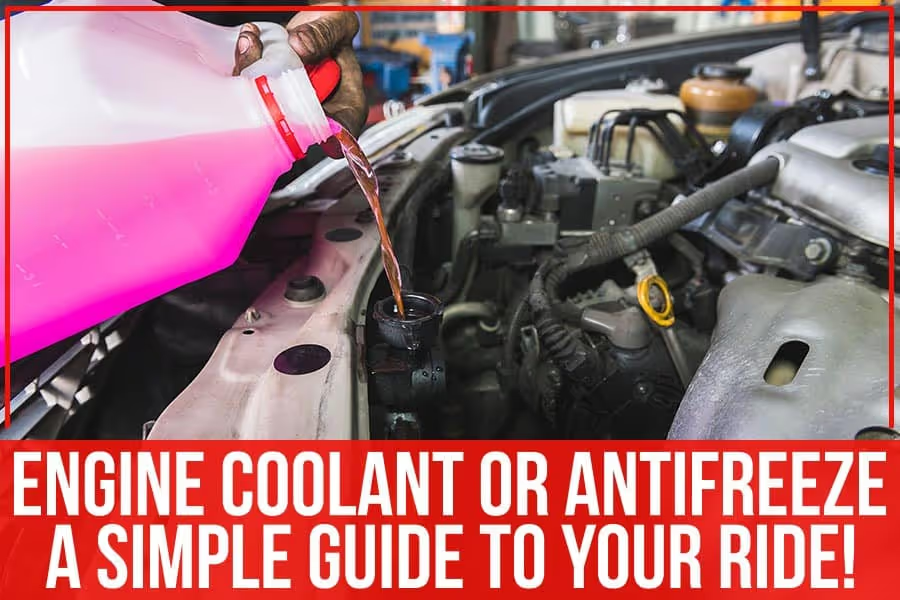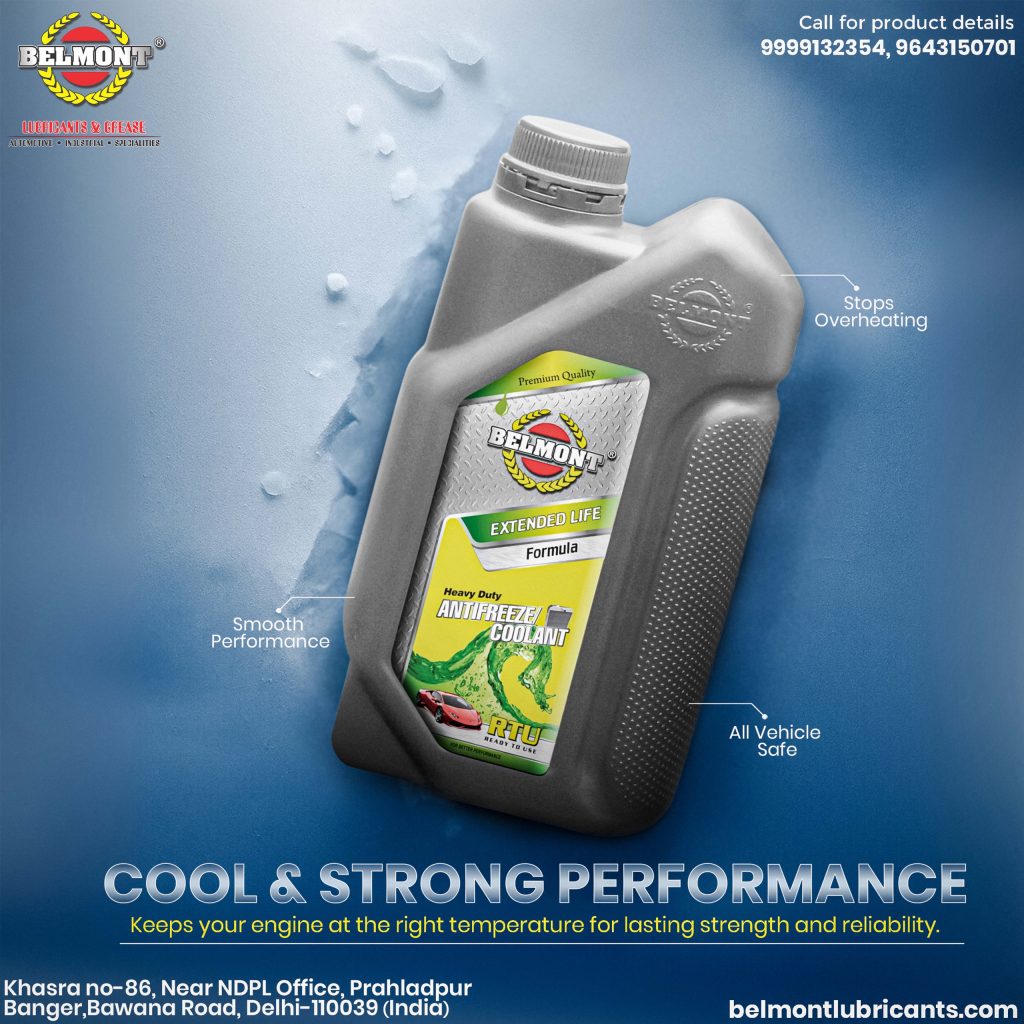
If your car engine is overheating, showing low fluid levels, or giving dashboard temperature warnings, you might be asking yourself – how do I know if I need coolant or antifreeze? Many drivers confuse these two terms, but knowing the difference and recognizing the right time to use each is crucial for preventing costly engine damage. In this expert guide, we’ll explain exactly how to identify whether your vehicle needs coolant or antifreeze, the key signs to watch for, and practical maintenance tips to keep your engine safe and running smoothly.
What is the Difference Between Coolant and Antifreeze?
Before we look at the signs, let’s clear the confusion.
- Coolant: A liquid (usually 50% water + 50% antifreeze) that circulates in your car’s cooling system to regulate engine temperature.
- Antifreeze: A concentrated chemical (typically ethylene glycol or propylene glycol) that prevents the coolant from freezing in winter and boiling in summer.
In simple words: antifreeze is the chemical base, and coolant is the ready-to-use mixture inside your car.
This difference matters because topping up with the wrong product can reduce efficiency.
How Do I Know If My Car Needs Coolant or Antifreeze?
Here are the key indicators:
1. Dashboard Temperature Warning Light
If your dashboard shows a high-temperature symbol or warning light, it usually means your coolant level is low or not functioning properly.
2. Engine Overheating
When you notice steam or unusual heat from the bonnet, it’s a strong sign that the coolant mixture is insufficient.
3. Visible Leaks or Low Reservoir Level
Open your coolant reservoir (only when the engine is cool) and check levels. If it’s below the “MIN” line, you need a coolant top-up.
4. Discolored or Rusty Coolant
Healthy coolant is usually green, orange, or red. If it looks brown, rusty, or oily, it’s time for a complete flush and refill.
5. Seasonal Considerations
- Winter climates → Antifreeze concentration is more important.
- Hot Indian summers → Coolant balance helps prevent overheating.
Step-by-Step: How to Check Coolant or Antifreeze in Your Car
- Park your vehicle and let the engine cool.
- Locate the coolant reservoir (translucent plastic tank).
- Check the markings “MIN” and “MAX”.
- If below minimum, top up with manufacturer-recommended coolant or antifreeze mix.
- Never open the radiator cap while hot – it can release pressurized steam and cause injury.
Why is Coolant or Antifreeze Important for Your Vehicle?

- Prevents Overheating in summer.
- Protects from Freezing in cold climates.
- Prevents Corrosion inside the radiator and cooling system.
- Improves Engine Efficiency by maintaining optimal temperature.
Using high-quality coolant from trusted suppliers like Belmont Lubricants ensures longer engine life and fewer breakdowns.
What Happens If You Ignore Low Coolant or Antifreeze?
- Engine overheating → leads to gasket failure.
- Radiator and water pump damage.
- Reduced lubrication → wear and tear.
- Costly repairs (sometimes complete engine replacement).
Regular maintenance is cheaper than engine failure.
Related Reads You Should Check Out
- Hydraulic Oil vs Engine Oil: Key Differences Explained
- Which Engine Oil is Good for Bike Riding in Summer in India?
- Best Automotive Grease for High-Performance Vehicles in India
You can also explore our full product range at Belmont.in.
Frequently Asked Questions (FAQ)
1. Is coolant the same as antifreeze?
No. Antifreeze is a chemical, while coolant is a mix of antifreeze and water.
2. How often should I replace coolant?
Most manufacturers recommend replacing coolant every 2–3 years or 40,000–50,000 km, but always check your owner’s manual.
3. Can I use water instead of coolant?
No. Water alone can cause rust, overheating, and freezing issues. Always use a proper coolant mixture.
4. What are the signs of low coolant?
Dashboard warnings, overheating, visible leaks, and low reservoir levels are common signs.
5. Which coolant color should I use?
Green, red, or orange depends on manufacturer specifications. Never mix different types without flushing the system.
Conclusion
Knowing how do I know if I need coolant or antifreeze is essential for safe and reliable driving. By keeping an eye on reservoir levels, watching for dashboard warnings, and choosing a high-quality product from trusted brands like Belmont Lubricants, you can prevent overheating and major engine damage. Regular checks not only save you from costly repairs but also extend your engine’s life and performance.
